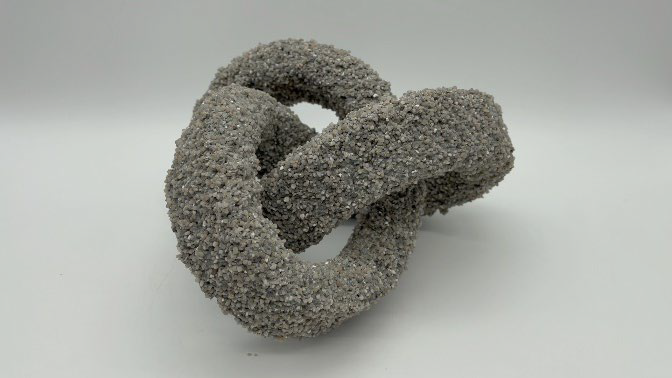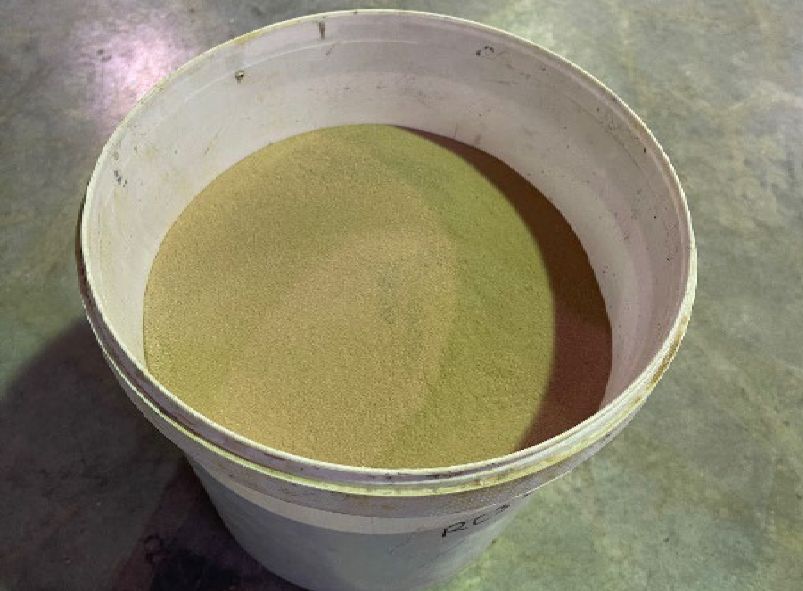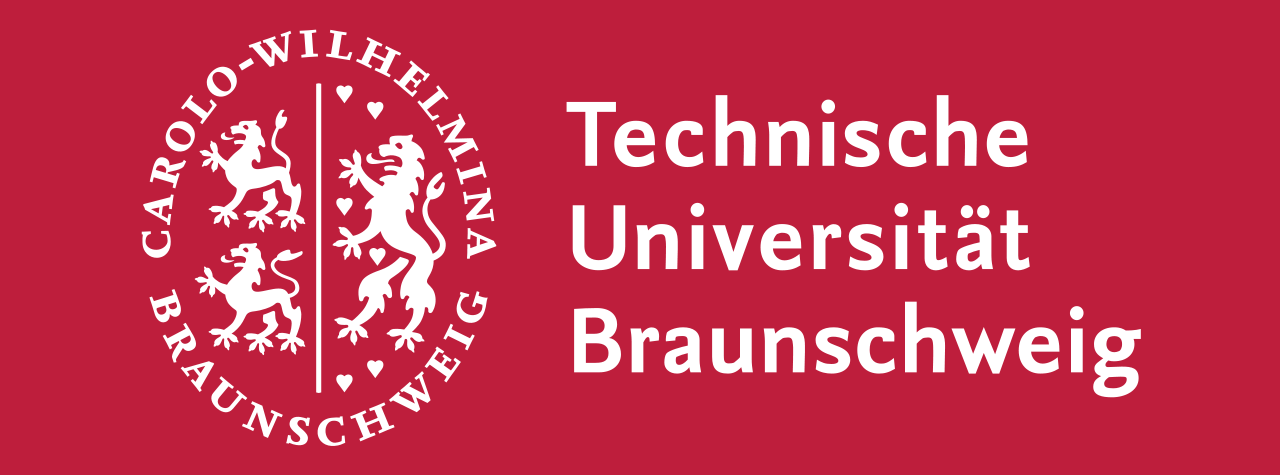Research Summary Report of A02
Particle-Bed 3D Printing by Selective Cement Paste Intrusion (SPI) – Particle Surface Functionalisation, Particle Synthesis and Integration of WAAM Reinforcement
[20.11.2024]
M. Sc. Alexander Straßer Researcher, alexander.strasser@tum.de
Dr.-Ing. Thomas Kränkel Researcher, thomas.kraenkel@tum.de
Prof. Dr.-Ing. Christoph Gehlen Project leader, gehlen@tum.de
all: TU Munich (TUM), Chair of Materials Science and Testing
The goal of A02 is to implement reinforcement by Wire and Arc Additive Manufacturing (WAAM) in concrete elements produced by Selective Paste Intrusion (SPI), see Figure 1. The SPI and combined SPI + WAAM process will also be further investigated with a focus on ecological improvements. Both individual processes will first be examined separately. To achieve these goals, the SPI process will include optimization of the cement paste with supplementary cementitious materials, adjustments to the particle bed, the use of recycled aggregates and waste products as aggregate, and increasing the particle bed’s packing density to reduce the cement paste amount. For the WAAM process, an additional step will involve integrating stud welding to make the process faster and with lower heat input on SPI. This approach is expected to significantly reduce energy-intensive welding operations, contributing to a more sustainable and efficient process.
Summary
Investigations into the ecological optimization of cement pastes have been initiated, aiming to replace cement with supplementary cementitious materials.
Current state of research
To improve the ecological impact of the cement paste for use in the SPI process, a test series was initiated to replace cement with supplementary cementitious materials and fine-fractioned recycled aggregates. The investigations began with fine-fractioned recycled aggregates with a maximum particle size of 0.125 mm, see Figure 2.
The goal is to gradually substitute the cement and evaluate the rheological properties through mini-slump tests and a rotational rheometer, as well as to adjust these properties to meet the requirements of the SPI process. Given that the cement paste must adhere to specific rheological limits—depending on the chosen aggregate (shape, size, and gradation) and layer height—to ensure (a) effective layer bonding and (b) accurate shape accuracy, an optimized cement paste formulation must be developed accordingly.
The collaboration and exchange with C09 and A03 began with the provision of material and machine data, along with discussions on shared materials for the paste optimization experiments.








